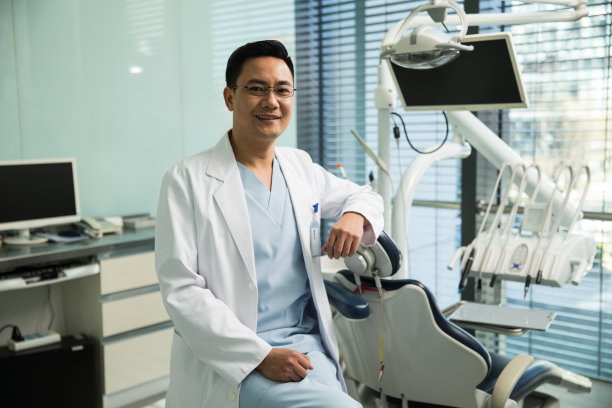Revolutionizing Smiles with Advanced Dental Implant Treatment Techniques for Lasting Oral Health and Enhanced Aesthetics
Summary: In recent years, dental implant technology has seen significant advancements, transforming the way dental practitioners approach patient care. This article delves into four critical areas of dental implant treatment techniques that are revolutionizing smiles: the evolution of dental implants, the role of digital technology in implant dentistry, the integration of biomaterials for improved results, and the focus on patient-centered care for lasting oral health and aesthetics. Each area plays a vital role in enhancing dental outcomes, offering patients not just functional benefits but also improved aesthetics and confidence in their smiles. Join us as we explore how these innovations are reshaping the future of dental implants.
1. Evolution of Dental Implants Technology

The field of dental implants has evolved dramatically over the past few decades. This evolution began with the introduction of titanium implants, which demonstrated remarkable biocompatibility and durability. As research progressed, advancements in surface coatings and threaded designs further enhanced implant stability. These modifications have created a strong and lasting foundation for prosthetic teeth.
More recently, the introduction of mini and zirconia implants has provided alternative options for patients with different needs or those facing aesthetic concerns. Mini implants offer a less invasive solution for people with limited bone density, while zirconia implants provide a metal-free alternative, appealing to patients with metal allergies or those seeking a more natural appearance.
These advancements not only increase compatibility with individual patient anatomies but also offer a wider array of treatment options, allowing dental professionals to customize their approach based on each patient’s unique situation.
2. Role of Digital Technology in Implant Dentistry
Digital technology has transformed dental implant procedures, enhancing both precision and efficiency. One key innovation is the use of 3D imaging, which allows dental professionals to visualize the patient’s bone structure in great detail. This technology aids in accurately planning implant placement, reducing the risk of complications during surgery.
Moreover, computer-guided implant surgery has emerged as a game changer. Surgeons can use surgical guides generated from digital scans to insert implants with exceptional accuracy, minimizing trauma to surrounding tissues. This results in less postoperative pain and faster patient recovery times.
Additionally, digital workflows streamline various stages of the treatment process, from diagnosis to treatment planning and implant placement. By integrating technology into the workflow, dental practices can provide a more seamless experience for patients while optimizing treatment outcomes.
3. Integration of Biomaterials for Better Outcomes
The integration of advanced biomaterials in dental implants represents another major advancement in this field. Researchers are continuously investigating new materials that enhance osseointegration and improve the longevity of dental implants. Biocompatible materials like hydroxyapatite-coated implants promote better bone integration, significantly reducing the chances of implant failure.
Furthermore, the advent of regenerative materials that encourage tissue healing and regeneration has the potential to provide tailored solutions for patients requiring additional support during the implant process. These materials not only facilitate better integration but also ensure the aesthetic success of the visible components of the implant, such as crowns and bridges.
This focus on biomaterials also extends to softer tissue management, where newer grafting materials support the health and appearance of the gums around the implant. With these advancements, patients can achieve not only functional tooth replacements but also natural-looking smiles.
4. Focus on Patient-Centered Care
At the heart of advanced dental implant treatments is a growing emphasis on patient-centered care. Practitioners now recognize that addressing the emotional and psychological aspects of dental implant procedures is just as important as the technical execution of treatment.
Improved communication between dentists and patients fosters trust and ensures that individuals feel involved in their care decisions. This collaboration leads to better treatment adherence and improved satisfaction outcomes. Moreover, by offering tailored treatment plans based on each patient’s specific needs, dental professionals can enhance both the functional and aesthetic aspects of dental implants.
Additionally, comprehensive follow-up care plays an essential role in ensuring the long-term success of dental implants. Ongoing assessments and adjustments not only contribute to the longevity of the implant but also help maintain optimal oral health for years to come.
Summary:
The revolution in dental implant techniques highlights the importance of technological advancements, material science, and a patient-centered approach. These elements come together to facilitate long-lasting oral health and enhanced aesthetics, forming the basis on which modern dental care is built. As the field continues to evolve, patients have more options than ever to achieve beautiful, functional smiles, empowering them to embrace life with renewed confidence.
This article is compiled by Vickong Dental and the content is for reference only.



